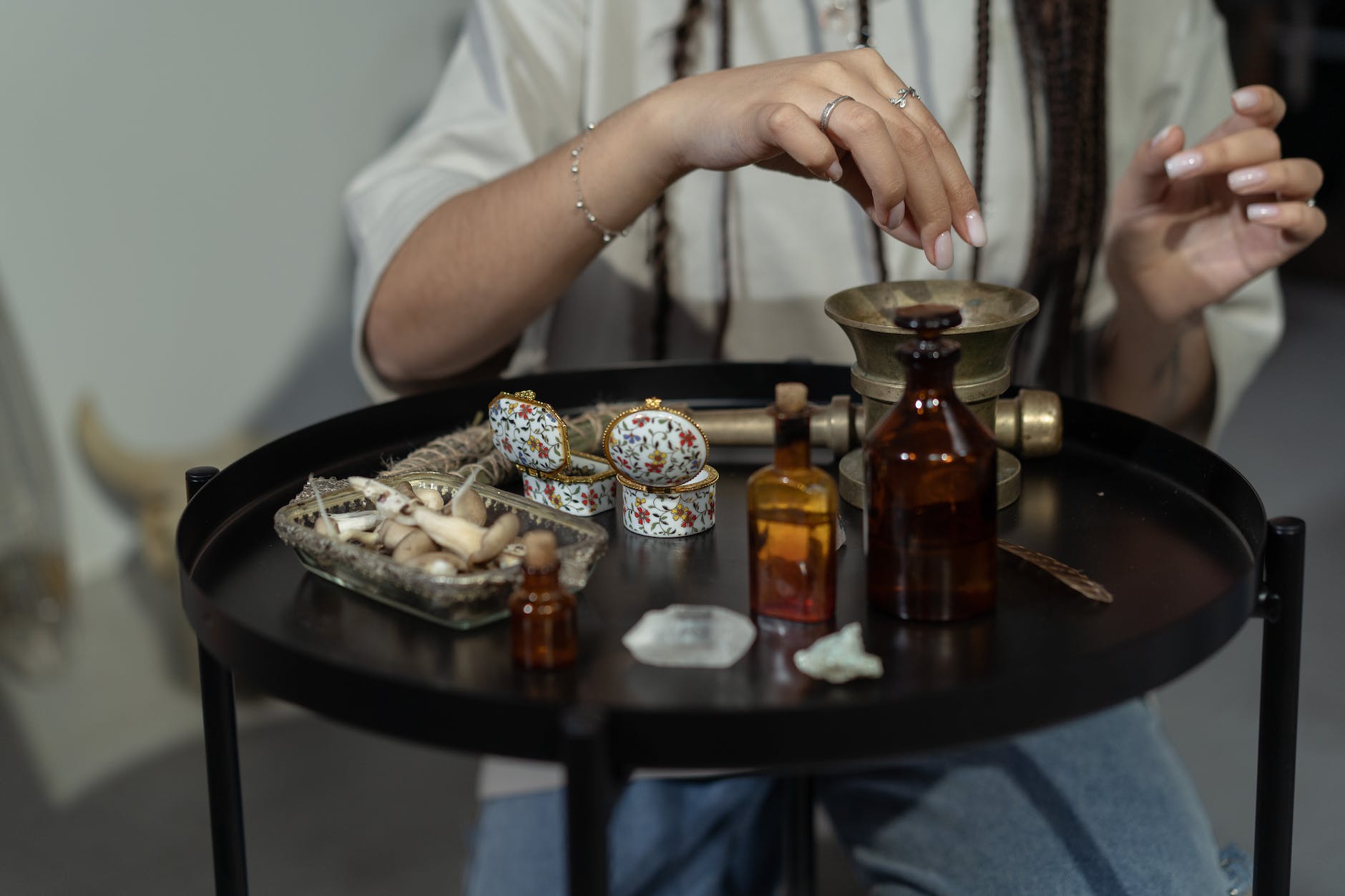The impact of psychedelics on human consciousness and creativity has long been a topic of fascination and debate. The artists’ perspective on using these substances to facilitate an altered state of mind, capable of spawning profound visionary experiences, is an intriguing study in itself. This article explores how psychedelics have influenced artistic creativity and the process of creative expression.
Psychedelics have been around for centuries, used in different cultures for religious practices and personal exploration of the psyche. Today, they’ve carved a niche in the realm of artistry as valuable tools for expanding consciousness and sparking creative breakthroughs.
From the psychedelic art of the 1960s and 70s to contemporary artists experimenting with these substances, the correlation between psychedelics and artistic creativity is evident. In an effort to escape the confines of traditional thinking, many artists have harnessed these potent substances as a gateway to a deeper level of creativity. A study that investigated the effects of psychedelics on creativity concluded that these substances indeed augment creativity, making it a vital part of the artistic process.
Famed artist Alex Grey credibly demonstrates the influence of psychedelics on art. His works often depict intricate, complex visionary experiences as a result of his experiments with psychedelic substances. Grey explains his art as an attempt to visually translate the expanses of the spiritual realm he’s navigated through these substances. His masterpiece, “Net of Being”, draws inspiration from a psychedelic-induced vision and stands as testimony for the transformative impact psychedelics can have on artistic expression.
Along similar lines, legendary musicians like the Beatles and Jimi Hendrix incorporated the use of psychedelics as a source of inspiration for their work. Songs like ‘Lucy in the Sky with Diamonds’ and albums like ‘Axis: Bold as Love’ illustrate the hallucinatory, dream-like states these substances can induce, enhancing the creative output of these iconic artists.
Neuroscience provides some insights into this intricate link between psychedelics and artistry. Psychedelics such as LSD (Lysergic Acid Diethylamide) and psilocybin (magic mushrooms) act on the brain’s serotonin receptors, influencing cognition, perception, mood, and more. These effects can ignite an array of imagery and thought patterns that were previously latent, acting as a catalyst for the artistic process.
Psychedelics also play a role in inducing a state called ego dissolution, a phenomenon where one loses the sense of self and becomes deeply interconnected with their surroundings. This phenomenon is shared by several artists who find this loss of ego instrumental in ushering in periods of intense creativity, birthing innovative ideas and perspectives in their work.
Despite the evident potential of these substances, their use in creative processes is a matter of personal choice and caution is advised given their legal and health implications. The rapid visual imagery, vividness of colors, and broadening of perspective experienced can be overwhelming for some. Artists contemplating this path should perhaps consider the wisdom of pioneers like Aldous Huxley who advised using these substances as tools for exploring the mind and not merely ‘kicks’.
The nexus between psychedelics and artistic creativity is a rich tapestry of personal experiences, exploration, and perception. It underscores the human desire to seek out new realms of experience and inspiration. Engaging with psychedelics to influence artistry emphasizes the intrinsic human endeavour to explore, innovate, and communicate through varied forms of creative expression while transcending ordinary states of mind.
The aim is not to romanticize the use of these substances but to highlight the correlation they have with artistic creativity. As the psychedelic renaissance unfolds, the exploration of this gray area promises to yield exciting perspectives on the relationship between mind-altering substances and the world of art.





